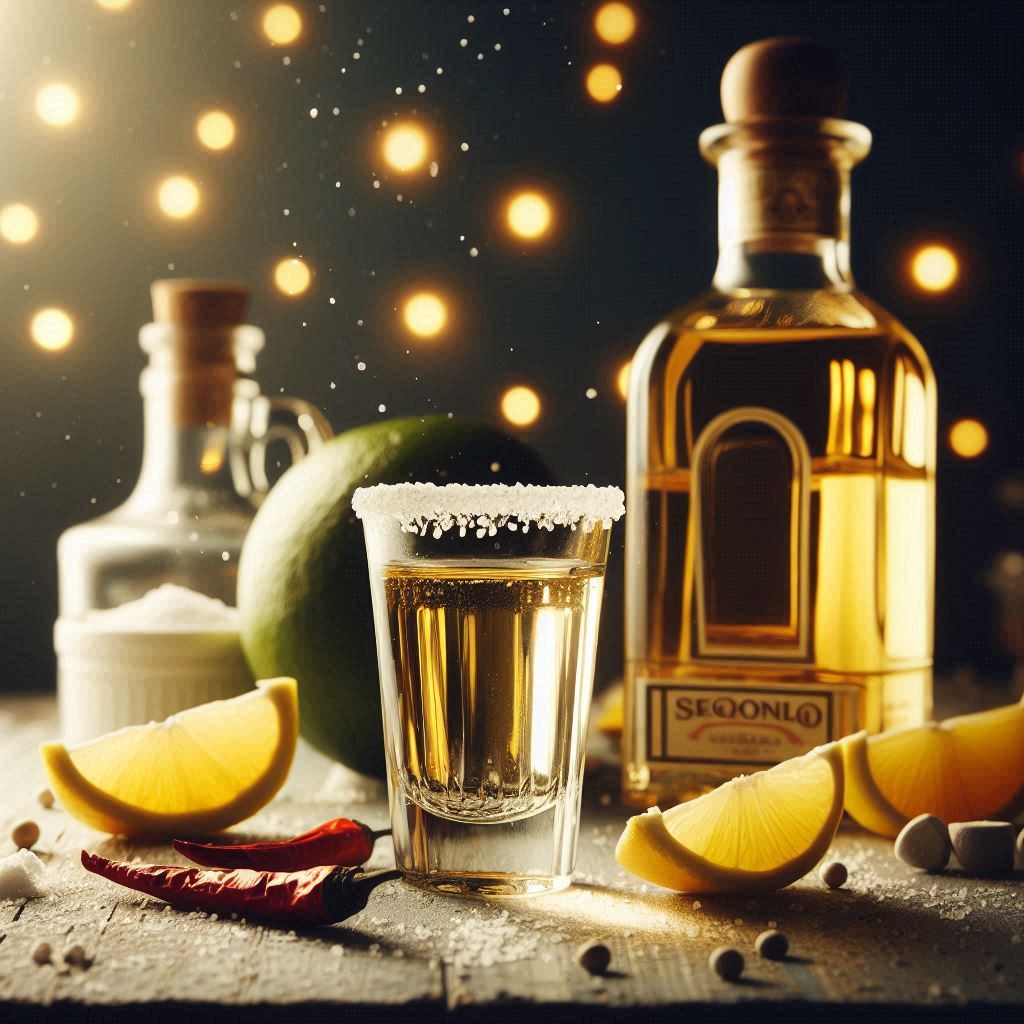The rise of tequila
In less than a decade, global tequila sales have doubled. Even more strikingly, sales of premium and ultra-premium tequila brands have soared by 292% and 706%, respectively. What was once a spirit associated with wild parties and college shots has transformed into a refined drink of choice for connoisseurs, collectors, and cocktail lovers alike.
In recent years, you may have seen tequila tastings being offered at upscale venues or noticed new mezcal bars popping up in trendy neighborhoods. Perhaps you’ve even read headlines claiming that a daily shot of tequila could have health benefits. As a food historian, I’d like to explore the reality behind the hype, debunk some persistent myths, and shed light on a few lesser-known facts about this iconic Mexican spirit.
What’s the difference between tequila and mezcal?
Let’s start with a common source of confusion: the worm in the bottle.
If you’ve walked through the tequila aisle and spotted a bottle containing a worm, you may have thought it was part of tequila tradition. But in fact, that bottle is mezcal – not tequila.
While all tequila is technically a type of mezcal, not all mezcal qualifies as tequila. Tequila must be distilled from at least 51% blue agave (Agave tequilana Weber) and produced within a designated region near the town of Tequila, in the state of Jalisco and surrounding areas.
Mezcal, on the other hand, can be made from over 30 varieties of agave and is produced across several Mexican states, including Oaxaca, Durango, and Guerrero. It also tends to have a smokier flavor due to the traditional underground pit-roasting of agave hearts.
The truth about the worm
The infamous “worm” found in some bottles of mezcal is actually the larva of the maguey moth, which feeds on agave plants. It was first introduced in bottles of the mezcal brand Gusano Rojo as a clever marketing gimmick in the mid-20th century.
Despite rumors that the worm induces psychedelic effects – a belief popularized in college party culture – there’s no scientific basis for this claim. The worm is entirely edible and is considered a delicacy in many regions of central Mexico, often sold dried, seasoned, or even ground into powder for use in sauces.
So, while it may add some novelty to the bottle, the worm is neither traditional nor required – and definitely not a part of the tequila-making process.
Can tequila really be good for you?
Tequila has long been associated with medicinal uses in Mexican folk traditions. During the influenza pandemic of 1918, doctors in Mexico reportedly prescribed tequila with lemon and salt to ease flu symptoms. Even today, some people in Mexico stir tequila into hot tea with honey as a home remedy for sore throats.
Recently, online articles have made bold claims that a daily shot of tequila can reduce bad cholesterol or regulate blood sugar. These ideas are loosely based on preliminary research – primarily conducted on mice.
One such study found that a compound derived from agave appeared to improve cholesterol levels in rodents. However, similar results have not been replicated in human trials, and the original findings have been called into question. What’s more, agave syrup – the sweetener derived from the same plant – is higher in fructose than regular sugar or even high-fructose corn syrup, which can actually be harmful when consumed in excess.
So, while a well-made margarita might lift your spirits, it’s unlikely to benefit your health.
The origins of the Margarita: a daisy by another name?
Few cocktails are more iconic than the margarita – a refreshing mix of tequila, lime juice, and orange liqueur served with a salted rim. But where did it come from?
Many popular legends trace the drink’s name to a woman named Margarita. One story claims that dancer Marjorie King, allergic to grain-based spirits, asked a bartender in Tijuana to craft a tequila-based cocktail just for her. Another version says it was created in Ensenada, Mexico, for Margarita Henkel, the daughter of the German ambassador.
While these tales are charming, they likely aren’t true. Cocktail historians suggest that the margarita actually evolved from the “Brandy Daisy,” a popular American drink before Prohibition. The Daisy mixed brandy, citrus, and liqueur, much like a modern margarita.
When Americans flocked to Mexico during Prohibition, bartenders may have substituted tequila for brandy, giving birth to the drink we know today. Interestingly, the Spanish word for “daisy” is margarita – making it a logical name for this Mexican adaptation.
Tequila’s global moment
Tequila has moved far beyond its stereotype as a party drink. It’s now featured in luxury bars, enjoyed in sophisticated tastings, and appreciated for its deep regional heritage and artisanal craftsmanship. From mezcal’s earthy complexity to small-batch, barrel-aged tequilas, there’s a version of the spirit for every palate.
But as tequila grows in popularity worldwide, it’s important to separate fact from fiction. The real story of tequila – rooted in tradition, science, and culture – is far more interesting than any headline about magical health benefits or worms in bottles.
So the next time you sip a margarita or sample an aged añejo, take a moment to appreciate the centuries-old craft that made it possible. And maybe skip the worm.

